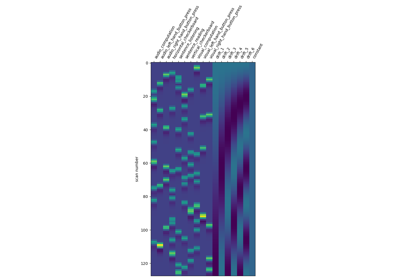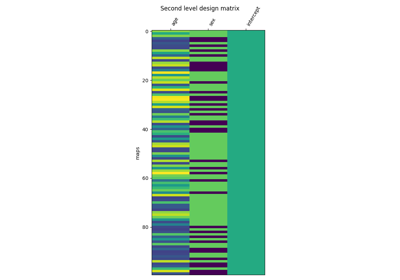Note
This page is a reference documentation. It only explains the function signature, and not how to use it. Please refer to the user guide for the big picture.
nilearn.datasets.fetch_icbm152_brain_gm_mask¶
- nilearn.datasets.fetch_icbm152_brain_gm_mask(data_dir=None, threshold=0.2, resume=True, n_iter=2, verbose=1)[source]¶
Download ICBM152 template first, then loads the ‘gm’ mask.
Nilearn MNI template
The Nilearn template is asymmetrical ICBM152 2009, release a.
The default template of fMRIPrep is the asymmetrical ICBM152 2009, release c (MNI152NLin2009cSAsym).
If you wish to use the exact same release as fMRIPrep, please refer to TemplateFlow.
Added in Nilearn 0.2.5.
- Parameters:
- data_dir
pathlib.Pathorstror None, optional Path where data should be downloaded. By default, files are downloaded in a
nilearn_datafolder in the home directory of the user. See alsonilearn.datasets.utils.get_data_dirs.- threshold
float, default=0.2 Values of the ICBM152 grey-matter template above this threshold will be included.
- resume
bool, default=True Whether to resume download of a partly-downloaded file.
- n_iter
int, default=2 Number of repetitions of dilation and erosion steps performed in scipy.ndimage.binary_closing function.
Added in Nilearn 0.8.1.
- verbose
boolorint, default=1 Verbosity level (
0orFalsemeans no message).
- data_dir
- Returns:
- gm_mask_imgNifti1Image, image corresponding to the brain gray matter
from ICBM152 template.
See also
nilearn.datasets.fetch_icbm152_2009for details regarding the ICBM152 template.
nilearn.datasets.load_mni152_templatefor details about version of MNI152 template and related.
Notes
If the dataset files are already present in the user’s Nilearn data directory, this fetcher will not re-download them. To force a fresh download, you can remove the existing dataset folder from your local Nilearn data directory.
For more details on how Nilearn stores datasets.
This function relies on ICBM152 templates where we particularly pick gray matter template and threshold the template at .2 to take one fifth of the values. Then, do a bit post processing such as binary closing operation to more compact mask image.
Note
It is advised to check the mask image with your own data processing.
For more information see the dataset description.

